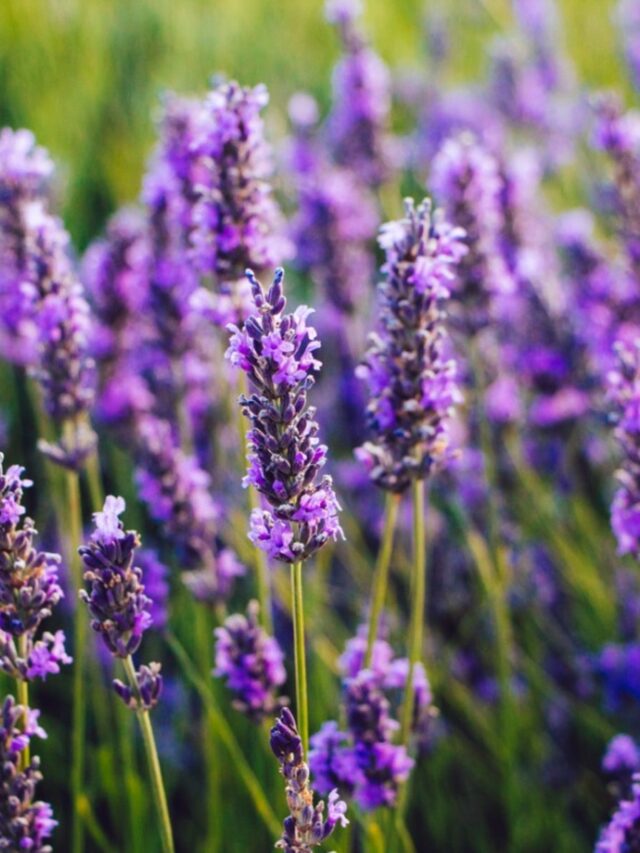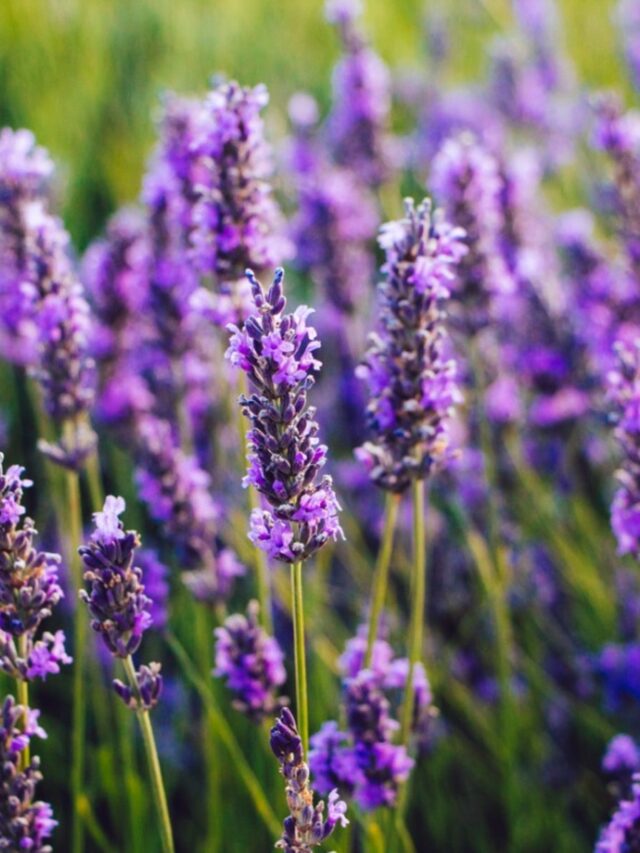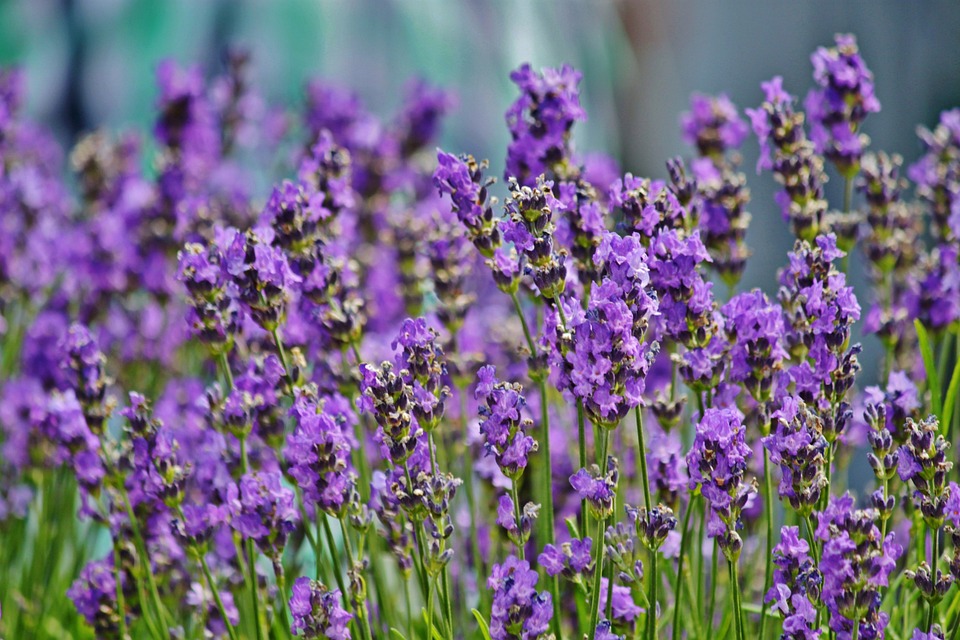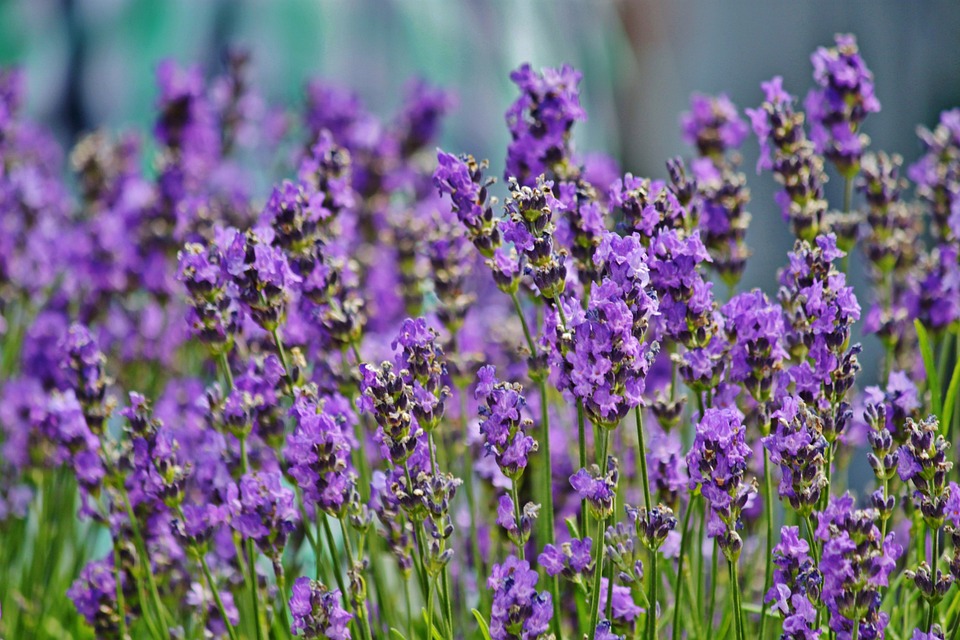Creating a beautiful perennial flower garden in a small space requires thoughtful planning and creativity.
While the size of your garden may be limited, the possibilities for creating a vibrant and long-lasting display of flowers are endless.
Perennial plants, which return year after year, offer both variety and sustainability to your garden.
Whether you have a tiny urban balcony or a small backyard, here are some inspiring ideas to help you
design a stunning perennial flower garden that maximizes space and beauty.
Choose the Right Plants

Selecting the appropriate plants is crucial when designing a perennial garden in a small space.
Opt for plants that are well-suited to your local climate and soil conditions.
Consider plants with varying heights, textures, and bloom times to ensure year-round interest.
Some excellent choices for small gardens include:
Dwarf Varieties: Compact versions of popular perennials such as dwarf coneflowers (Echinacea) or compact varieties of daylilies (Hemerocallis).
Vertical Growers: Plants that grow upwards, like vertical sedums or tall grasses, can add height without taking up much ground space.
Ground Covers: Low-growing plants like creeping thyme or ground cover roses can spread across the soil, minimizing weeds and creating a lush carpet of color.
Create Layers

Use vertical and horizontal space effectively by creating layers within your garden.
Arrange taller plants towards the back or center, with medium-height plants in the middle, and low-growing varieties at the front.
This layering technique not only maximizes space but also adds depth and dimension to your garden.
Incorporate trellises or small arbors for climbing plants like clematis or climbing roses to further utilize vertical space.
Utilize Containers

Containers are invaluable in small gardens as they allow you to grow plants in confined spaces such as patios or balconies.
Choose a variety of container sizes and shapes to accommodate different plants.
Mix perennials with annuals or dwarf shrubs to create dynamic displays that change with the seasons.
Ensure containers have proper drainage and consider vertical gardening techniques such as wall-mounted planters or hanging baskets to maximize space.
Focus on Color and Texture

Create visual interest by selecting plants with a harmonious color palette or contrasting textures.
For example, combine delicate ferns with bold hostas or vibrant blanket flowers with silvery lamb’s ear.
Use color strategically to create focal points or guide the eye through the garden.
Consider seasonal blooms to ensure continuous color throughout the year, from early spring bulbs to late summer asters.
Design Functional Paths and Edges

Incorporate pathways or edges into your garden design to define spaces and make navigation easier.
Use materials such as gravel, stepping stones, or recycled bricks to create paths that blend seamlessly with your chosen plantings.
A well-designed path not only enhances accessibility but also adds structure and organization to your garden, making it appear larger and more inviting.
Include Wildlife-Friendly Elements
Attract pollinators and beneficial insects by incorporating wildlife-friendly elements into your garden.
Choose native plants that provide food and habitat for local wildlife, such as butterflies and bees.
Install a small birdbath or bird feeder to encourage bird activity, or create a mini-pond with aquatic plants for frogs and dragonflies.
These elements not only enhance the ecological value of your garden but also contribute to its overall charm and vitality.
Maintain Balance and Scale

Maintaining balance and scale is essential in small-space gardening to prevent overcrowding and maintain visual harmony.
Avoid planting too many large or vigorous species that may overwhelm the space.
Instead, choose a few focal points and surround them with complementary plants that enhance rather than compete with each other.
Regular pruning and dividing of plants will help control growth and ensure a tidy appearance throughout the seasons.
Consider Year-Round Interest

Plan your garden to provide interest and beauty throughout the year, not just during the flowering season.
Incorporate evergreen perennials, ornamental grasses with striking seed heads, or plants with colorful foliage that persists beyond the blooming period.
Include elements such as decorative garden ornaments, sculptural plants, or seasonal decorations to add
interest during dormant periods and keep your garden visually appealing year-round.
Create a Relaxing Atmosphere

Finally, design your perennial flower garden with relaxation and enjoyment in mind.
Incorporate seating areas or cozy corners where you can unwind and appreciate the beauty of your garden up close.
Add fragrant plants like lavender or jasmine near seating areas to engage the senses and create a tranquil atmosphere.
Consider ambient lighting or decorative elements such as wind chimes or outdoor artwork to enhance the sensory experience and make your garden a retreat from daily life.
Conclusion
Designing a perennial flower garden in a small space requires creativity, careful planning, and attention to detail.
By choosing the right plants, utilizing vertical and horizontal space effectively, incorporating containers, and focusing on color and texture, you can create a stunning garden that flourishes year after year.
Remember to consider wildlife-friendly elements, maintain balance and scale, and design for year-round interest to ensure your garden remains beautiful and inviting throughout the seasons.
With these ideas and tips, you can transform even the smallest of spaces into a vibrant and thriving perennial oasis.






